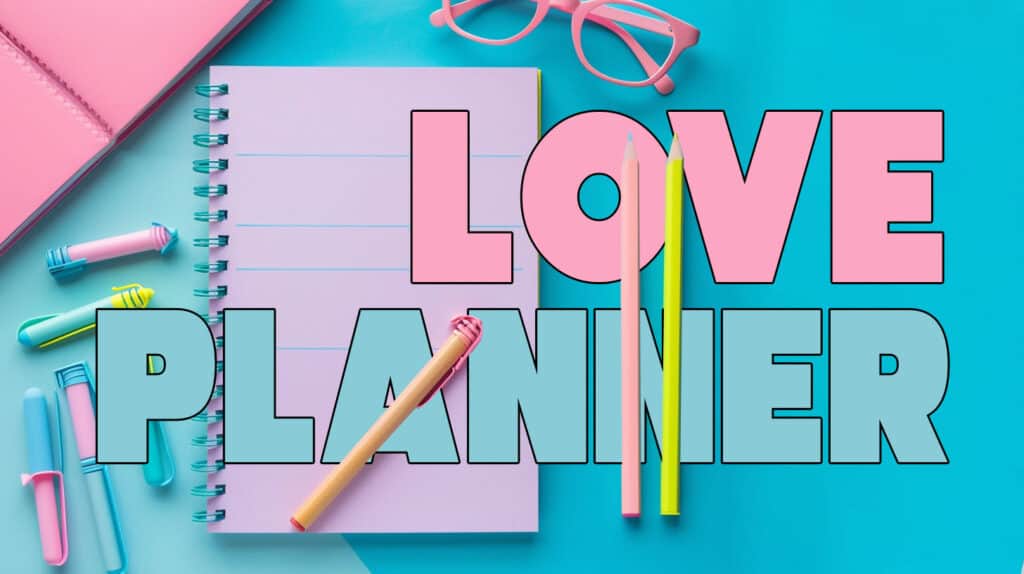

Have you ever wondered how much of love is communicated without words? Understanding the body language of love can reveal hidden depths in your relationships.
If you’ve struggled to read the unspoken signals in your romantic relationships, you’re not alone. Many people face the challenge of deciphering these subtle cues.
With my expertise in nonverbal communication, I’m here to guide you through the intricacies of love’s silent language. My experience in relationship dynamics will help you become more attuned to your partner’s nonverbal messages.
In this article, we will explore key aspects of body language, including eye contact, smiling, physical proximity, mirroring, and touch.
Continue reading to unlock the secrets of nonverbal communication and deepen your understanding of love’s silent signals.
By the end, you’ll have the skills to interpret body language more effectively, enhancing your emotional connection and fostering more meaningful interactions with your partner.
Here is a list of 10 body language of love:
- Eye Contact: Shows interest and connection.
- Smile: Expresses warmth and happiness.
- Physical Proximity: Signals affection and closeness.
- Mirroring: Reflects harmony and rapport.
- Touch: Conveys love and intimacy.
- Open Posture: Indicates openness and trust.
- Nodding and Leaning In: Demonstrates attentiveness and understanding.
- Positive Reinforcement: Offers support and appreciation.
- Playfulness: Shares joy and laughter.
- Respectful Boundaries: Honors personal space and mutual respect.
See also Falling In Love Philosophy: 10 Aromatic Reflections on Love’s Philosophy
Understanding Body Language

Understanding body language is crucial for interpreting unspoken communication cues that convey emotions, intentions, and attitudes. Often, these signs speak volumes, revealing underlying feelings that words may fail to express.
A genuine smile, for instance, can signify warmth and friendliness, while maintaining more eye contact may indicate interest or engagement in a conversation.
Understanding Body Language involves interpreting nonverbal cues such as gestures, facial expressions, and posture to grasp underlying emotions and intentions.
It enables individuals to enhance communication skills, build rapport, and decipher unspoken messages in various social and professional settings. This proficiency in decoding body language helps better interpersonal relationships and facilitates effective interaction.
Power of Nonverbal Communication
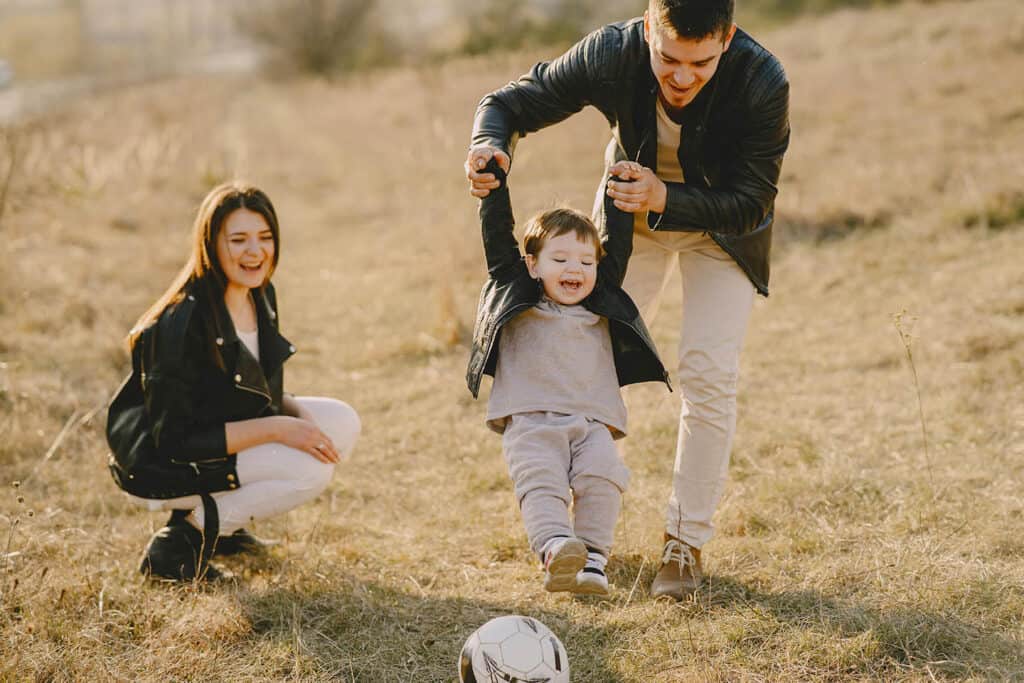
In romantic relationships, the power of nonverbal communication is undeniable. Body language can speak volumes, often conveying emotions and sentiments that words alone cannot express.
Honest communication, both verbal and nonverbal, is essential for building trust and intimacy in romantic relationships, allowing partners to express their feelings and needs authentically while deepening their connection through shared experiences and mutual understanding.
The “Power of Nonverbal Communication” lies in its ability to convey messages, emotions, and intentions without words.
Here’s a list of 10 key aspects highlighting its significance:
- Emotional Expression: Conveys feelings without words.
- Influence and Persuasion: Shapes perceptions and decisions.
- Relationship Building: Establishes rapport and trust.
- Contextual Understanding: Considers cultural and situational factors.
- Communication Enhancement: Adds depth to verbal messages.
- Deception Detection: Identifies inconsistencies in behavior.
- Assertiveness and Confidence: Displays self-assurance.
- Leadership and Influence: Inspires and motivates others.
- Adaptability: Adjusts to diverse contexts and cultures.
- Self-awareness: Improves communication skills through reflection.
Body Language Signals of Love
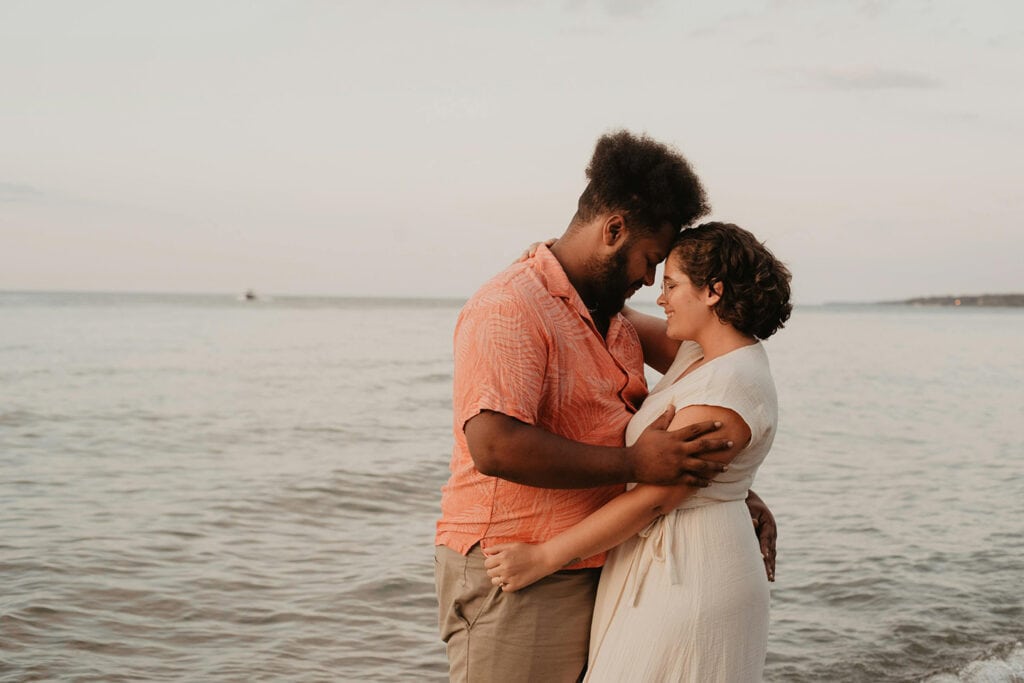
Decoding body language signals of love involves recognizing subtle signs that convey deep feelings and emotions. A genuine smile, accompanied by sparkling eyes, indicates warmth and affection.
Open and honest communication is mirrored in open postures, with arms uncrossed, inviting trust and intimacy.
Being attuned to these nonverbal cues allows one to notice the unspoken words and emotions expressed, a deeper understanding and connection within the relationship.
Here are 10 signals for body language of Love:
1. Eye Contact

Eye contact is a powerful nonverbal sign in body language, often indicating a variety of emotions and intentions. In romantic relationships, it serves as a key indicator of interest and connection.
When individuals maintain prolonged eye contact, it signifies attentiveness, engagement, and a desire for a deeper connection.
More frequent eye contact suggests honesty and sincerity in communication, trust, and understanding between partners. However, it’s essential to respect personal space and individual comfort levels, as some people may feel uncomfortable with prolonged eye contact.
Nonetheless, in most cases, increased eye contact is a positive signal, reflecting genuine interest and a willingness to connect on a deeper emotional level.
Here are 10 reasons why eye contact is considered a body language of love:
- Intimacy and Connection: Fosters a deep sense of closeness.
- Trust and Honesty: Signals trustworthiness and sincerity.
- Attention and Focus: Shows undivided attention and importance.
- Understanding and Empathy: Enhances emotional understanding and support.
- Nonverbal Communication: Communicates feelings without words.
- Mutual Attraction: Increases attraction and romantic interest.
- Emotional Bonding: Strengthens emotional bonds and connection.
- Vulnerability and Openness: Facilitates deeper emotional exchanges.
- Positive Reinforcement: Makes the other person feel appreciated.
- Love and Affection: Expresses love and appreciation.
2. Smile

A smile is a powerful love body language sign, often expressing genuine feelings of affection and interest. Genuine smiles, with visible warmth reaching the eyes, are key body language signals of affection.
When a person is interested or feels a connection, his/her smile becomes more pronounced, often accompanied by dilated pupils and a relaxed body posture.
As observers, we notice these subtle cues and interpret them as signs of emotional engagement and intimacy. A sincere smile not only brightens the face but also communicates a sense of warmth and connection, making it one of the most universally recognized and appreciated expressions of affection in human interaction.
3. Physical Proximity

Physical proximity is a powerful sign in body language that conveys feelings of interest and affection in romantic relationships. When a person maintains close physical proximity to their partner, it signals a desire for intimacy and connection.
This can be seen in subtle cues such as leaning in during conversation, sitting or standing closely, and gentle touch on the arm or shoulder. Conversely, crossed arms or maintaining a greater distance may indicate discomfort or disinterest.
The point is, that physical proximity speaks volumes without words, reflecting the level of closeness and emotional bond between individuals in a relationship.
See also Self-Love Activities: 12 Useful Activities Honoring Your Mind, Body, and Soul
4. Mirroring

Mirroring, a subtle yet powerful love body language sign, involves unconsciously imitating the gestures, expressions, and body language cues of the person one is interested in or connected with. This mirroring behavior reflects a deep sense of rapport and mutual understanding in a relationship.
When individuals mirror each other, it indicates a strong emotional connection and a desire to connect on a deeper level.
From matching expressions to mimicking movements, mirroring demonstrates that one person is interested in the other’s thoughts and feelings, creating a moment of shared presence and connection.
Increased eye contact, synchronized movements, and a heightened sense of mutual awareness protect the bond between individuals, enhancing the overall intimacy and connection in the relationship.
Here are 10 reasons why mirroring is significant in love:
- Building Rapport: Creates a sense of connection and understanding.
- Mutual Attraction: Indicates interest and attraction.
- Empathy and Understanding: Enhances emotional understanding.
- Nonverbal Communication: Conveys feelings without words.
- Validation: Makes the other person feel valued and understood.
- Trust and Comfort: Fosters a sense of safety and trust.
- Emotional Synchrony: Aligns emotional states and feelings.
- Positive Reinforcement: Reinforces positive behaviors and feelings.
- Strengthening Bond: Deepens emotional and psychological bonds.
- Compatibility: Signals compatibility and shared values.
5. Touch

Touch and physical contact are powerful forms of nonverbal communication, conveying a multitude of emotions and feelings in the language of the body and physical closeness.
In the world of love, physical signs such as being physically close, gentle caresses, hugging, or holding hands can trigger feelings of warmth, affection, and security.
Touch becomes a potent tool for expressing and reinforcing positive emotions when coupled with an open posture, prolonged eye contact, and other subtle cues. A simple touch can speak volumes about someone’s feelings, a sense of connection, and well-being through honest communication.
In love, the warmth of a touch transcends words, creating a deep bond that nourishes both the body and the soul.
6. Open Posture

Open posture is a key body language cue that communicates receptiveness and comfort in social interactions before talking. It involves facing someone directly with uncrossed arms and legs, indicating a willingness to engage and connect.
When someone adopts an open posture during conversation, it suggests they feel comfortable and at ease.
These physical signs often accompany other body language signs of being fully engaged, such as maintaining eye contact, nodding, physical touch, and using expressive facial expressions.
By exhibiting an open posture, individuals create a welcoming environment that encourages trust and facilitates meaningful communication. Even if a person feels a bit nervous, adopting an open posture can help them appear approachable and ready to connect with others.
7. Nodding and Leaning In

Nodding and leaning in are certain body language cues that remark as a powerful indicator of engagement and connection in body language.
When someone nods during a conversation, it’s often seen as a good sign and focused attention, suggesting that they are actively talking, listening intently, and agree with the speaker’s point.
Leaning in further reinforces this focused attention, showing a desire to connect on a deeper level. However, it’s essential to note that individual differences exist, and not everyone may nod or lean in the same way.
While nodding and leaning in are significant nonverbal cues of interest and receptiveness, it’s crucial to consider other signs and context to accurately interpret someone’s level of engagement and connection during interpersonal interactions.
Here are 10 features of nodding and leaning in as expressions of love:
- Active Listening: Shows genuine interest in your partner’s words.
- Agreement: Indicates you are in sync and share similar views.
- Encouragement: Motivates your partner to express themselves freely.
- Empathy: Demonstrates that you understand and share their feelings.
- Focus: Highlights that your attention is fully on them.
- Positive Feedback: Reinforces positive interactions and emotions.
- Warmth: Creates a sense of comfort and affection.
- Intimacy: Fosters a deeper emotional connection.
- Respect: Shows you value and respect their thoughts.
- Receptivity: Indicates openness and readiness to engage deeply.
8. Positive Reinforcement
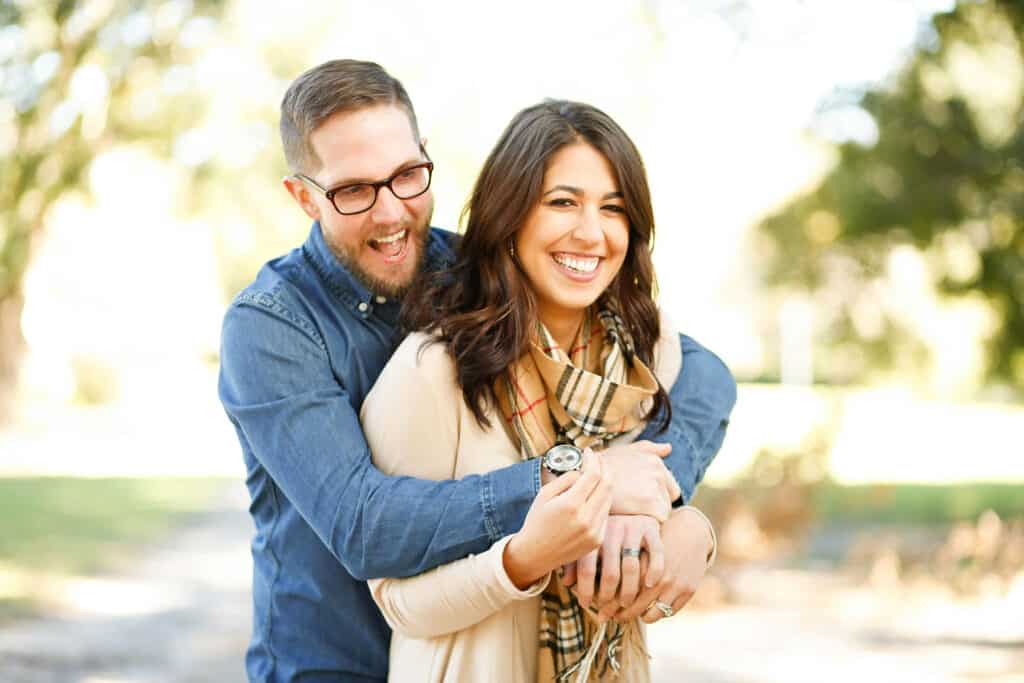
Positive reinforcement, expressed through body language, is a powerful tool in building connections and positive emotions as love tends. When someone makes eye contact while talking, it signals engagement and interest, leaving a good impression.
In the universe of love, subtle gestures like smiling, nodding, or leaning in are examples of good indicators of affection and appreciation.
Positive body language, such as open arms and relaxed posture, can trigger feelings of trust and comfort in interactions. It’s important to recognize these signs as they offer insight into someone’s feelings and create a conducive environment for meaningful communication and emotional connection.
Ultimately, positive reinforcement through body language is a subconscious way of expressing warmth and affirmation in relationships.
9. Playfulness
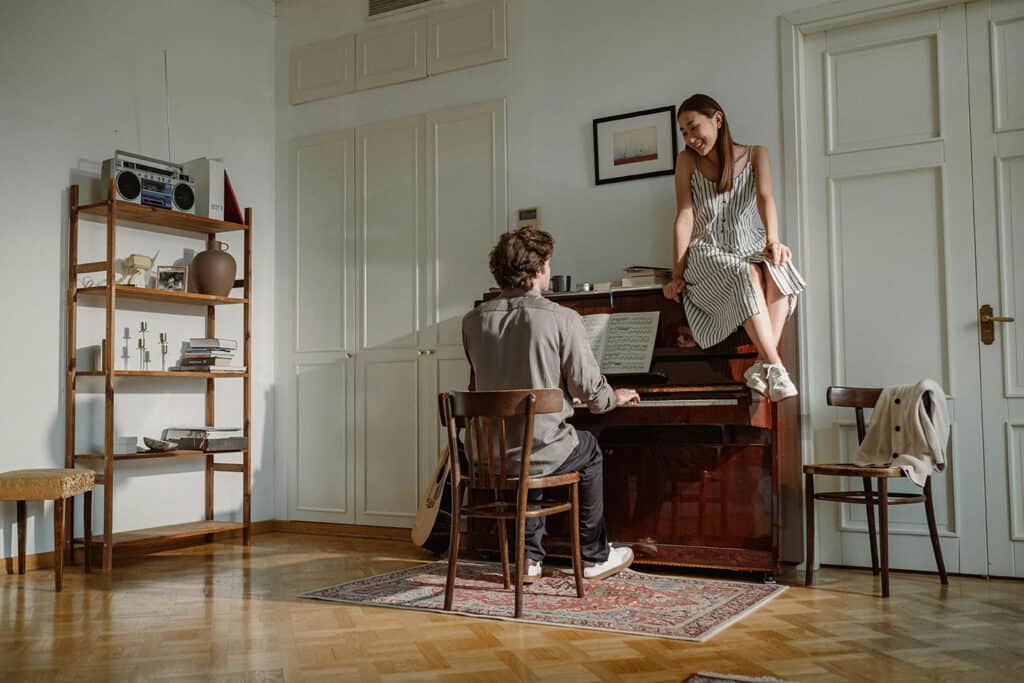
Playfulness manifests through various body language cues and body language signs, reflecting an individual’s lighthearted and carefree demeanor. One universal sign of playfulness is laughter, often accompanied by animated facial expressions and lively gestures.
During conversation, a playful person might use exaggerated hand movements or playful touches to convey their sense of humor and spontaneity. However, it’s important to note that what constitutes playfulness can vary greatly depending on individual differences and cultural norms.
Some individuals may express playfulness through physical activities or games, while others may use witty banter and teasing as their preferred mode of interaction. Regardless of the form it takes, playfulness adds vibrancy and joy to social interactions, enriching relationships and a sense of connection.
10. Respectful Boundaries
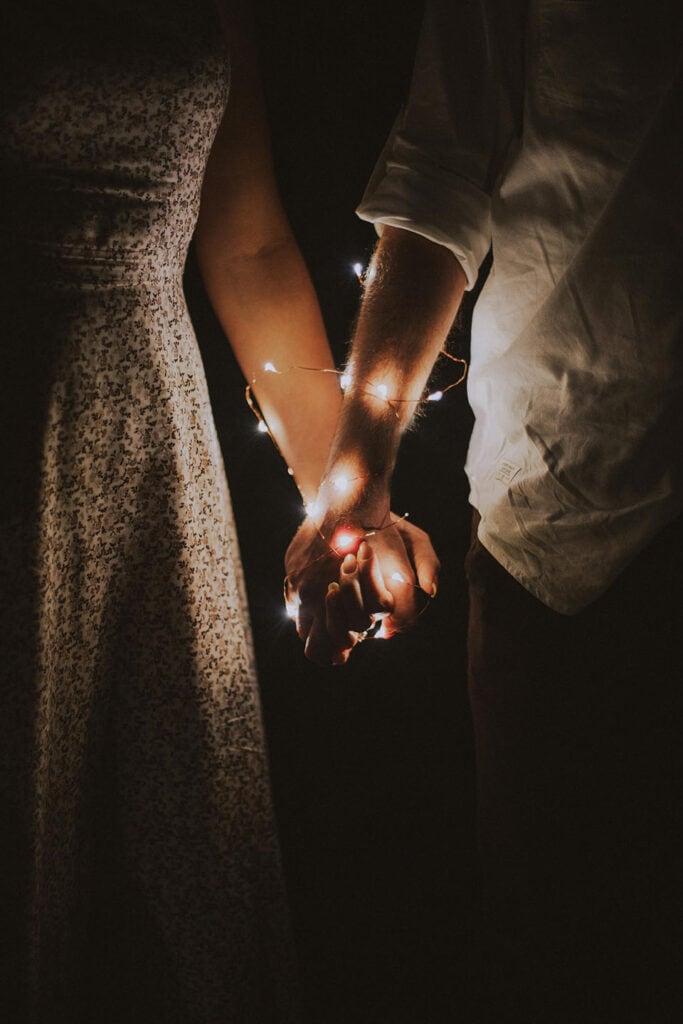
Respectful boundaries are vital in any relationship, signaling consideration and empathy for the other person’s comfort and autonomy. Understanding body language signs and being attuned to one’s own nonverbal cues are essential aspects of respecting boundaries.
People tend to communicate their boundaries through nonverbal cues, such as maintaining physical distance, avoiding prolonged visual contact, or using closed-off body language.
Recognizing these signs that someone may be signaling their boundaries is crucial for mutual respect and trust. By being mindful of nonverbal cues and respecting each other’s personal space and limits, individuals can cultivate healthier and more fulfilling relationships built on mutual understanding and respect.
See also Hand Love Sign: 11 Global Perspectives of Gratitude and Appreciation
Importance of Body Language in Love

In the world of love, the importance of body language as a sign cannot be overstated. While verbal communication plays a crucial role, much of what is expressed and understood stems from nonverbal cues.
One’s own body language, as well as that of his partner, serves as a silent yet powerful signifier of emotions, intentions, and connection.
Here are a list of 10 reasons, why body language is important:
- Emotional Expression: Body language conveys emotions such as affection, desire, and empathy, enriching romantic interactions.
- Connection: Nonverbal cues, like touch and proximity, strengthen emotional bonds and deepen the connection between partners.
- Understanding: Reading body language enhances understanding of each other’s feelings, needs, and desires, fostering empathy and intimacy.
- Communication: Body language complements verbal communication, providing additional layers of meaning and enhancing overall message clarity.
- Trust: Consistent and congruent body language builds trust and authenticity in relationships, reinforcing feelings of security and safety.
- Intimacy: Physical closeness, gestures of affection, and eye contact foster intimacy and strengthen the romantic bond between partners.
- Conflict Resolution: Awareness of body language cues aids in resolving conflicts by facilitating open, honest communication and promoting mutual understanding.
- Attraction: Positive body language signals, such as smiling and leaning in, contribute to mutual attraction and romantic chemistry between partners.
- Connection Beyond Words: Body language transcends language barriers, enabling couples to connect on a deeper level beyond verbal communication.
- Relationship Satisfaction: Understanding and interpreting each other’s body language contributes to greater relationship satisfaction and fulfillment in love.
Body Language of Love: A Recap
In the intricate dance of love, interpreting the body language of both person and partner is paramount.
Each sign, whether it’s a smile, a gentle touch, or the respectful observance of personal space, speaks volumes about the underlying feelings and dynamics within the relationship.
Physical signs of affection, such as leaning in or mirroring gestures, convey a sense of connection and rapport. Conversely, the respectful acknowledgment of personal space demonstrates consideration and empathy.
By tuning into these nonverbal cues, individuals can deepen their understanding of their partner’s emotions, signs, and intentions, greater intimacy and trust.
In the language of love, sometimes the most meaningful conversations happen without a single word spoken, as the body becomes a canvas upon which the heart paints its deepest desires and affections.


